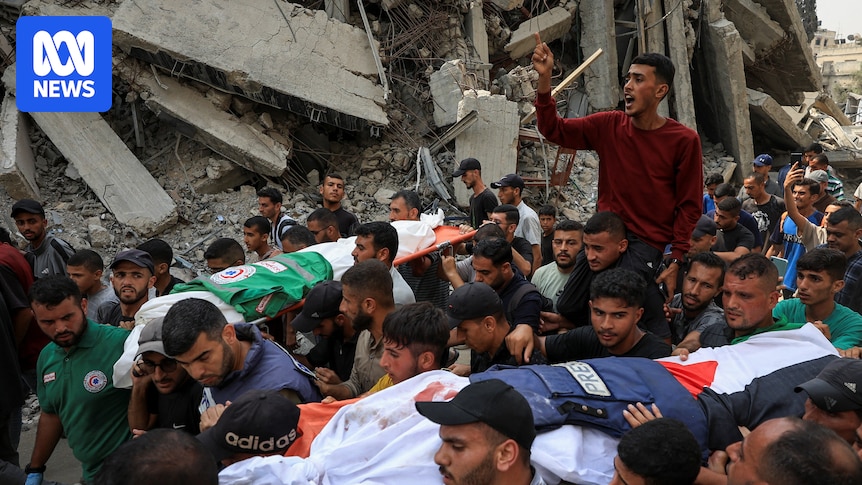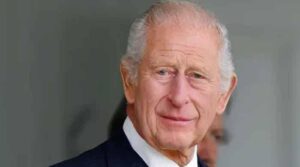
In a recent move that has intensified global scrutiny, the Israel Defense Forces (IDF) released a document intended to justify the killing of a prominent Palestinian journalist in Gaza. The glossy presentation aimed to support Israel’s narrative, but instead, it has fueled skepticism, especially given that targeting journalists is considered a war crime under international law.
This development comes amid growing international doubt about Israel’s conduct in Gaza, a sentiment acknowledged by Prime Minister Benjamin Netanyahu, who has held rare press conferences to counter what he describes as a “global campaign of lies” against Israel. The “trust us” approach, once a cornerstone of Israeli communication, has waned after nearly two years of conflict in Gaza.
Controversial Evidence and Allegations
Following the IDF’s killing of Al Jazeera correspondent Anas Al-Sharif, the military released documents alleging his ties to Hamas. These records claimed Al-Sharif was a Hamas “team commander” from 2013 to 2019 and received payments from the group. However, these allegations were met with skepticism, as Al-Sharif and Al Jazeera have consistently denied such links.
The IDF’s evidence included a purported Hamas phone directory, but details were scant, with the military stating that the information was “obtained during ground operations in Gaza.” The IDF’s international spokesperson emphasized that the public release was only a fraction of their intelligence.
“What we have presented publicly is only a small, declassified portion of our intelligence on al-Sharif leading up to the strike,” the spokesperson posted.
Al-Sharif, known for his bravery, had predicted his own death, suspecting an IDF smear campaign. His fears materialized, raising concerns about the safety of journalists in conflict zones.
Patterns of Targeting Journalists
The IDF’s actions have drawn criticism for targeting journalists, with several Al Jazeera reporters killed in strikes. Despite claims of links to Hamas, Israel has not provided evidence justifying the deaths of other journalists in the same attack, such as Mohammed Qreiqeh, Ibrahim Zaher, Moamen Aliwa, and Mohammed Noufal.
Reporters Without Borders (RSF) has highlighted inconsistencies in Israel’s evidence, particularly regarding another journalist, Ismail Al-Ghoul. The records suggested Al-Ghoul was a Hamas member at an implausibly young age, casting doubt on the IDF’s claims.
The Committee to Protect Journalists reports at least 186 journalists have been killed since the conflict began in October 2023, with the UN estimating the number at 242.
These figures underscore the peril journalists face in Gaza, where they document the devastation and human toll of the conflict.
International Law and Press Freedom
Under international law, journalists are entitled to protection during conflicts. However, Israel argues that journalists with ties to Hamas are legitimate targets, a stance that has drawn widespread condemnation. The IDF’s role as judge, jury, and executioner in these cases has raised significant ethical and legal questions.
Israel’s restrictions on foreign media access to Gaza further complicate the situation. The government claims these measures protect international journalists, yet critics argue they hinder independent reporting.
Prime Minister Netanyahu recently announced plans to allow limited media access under strict military supervision, a move seen as an attempt to control the narrative.
Implications for Future Reporting
The ongoing targeting of journalists in Gaza threatens press freedom and the ability to report on the conflict. Al Jazeera remains one of the few networks broadcasting from Gaza, despite being banned in Israel, where it is accused of being a mouthpiece for terrorists.
In a striking irony, during a recent ceasefire, Israeli networks aired Al Jazeera’s coverage of hostage exchanges, highlighting the complex relationship between media, government, and public perception.
As the conflict continues, the safety of journalists and the integrity of reporting remain at risk. The international community’s response will be crucial in shaping the future of press freedom in conflict zones.







